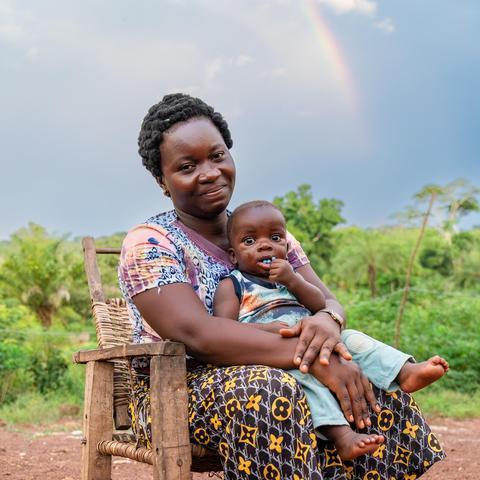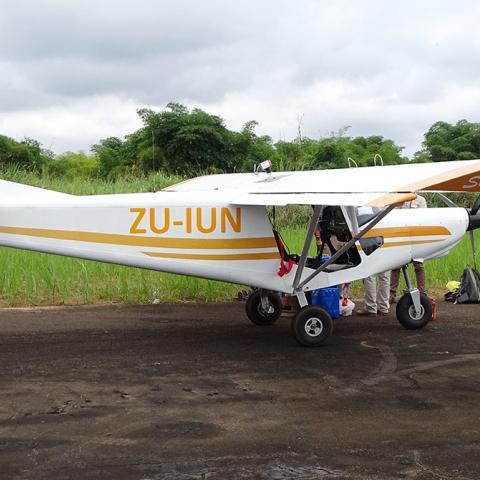Linking Conservation to People’s Well-Being
Learn why conserving Bili-Uélé matters for local people, wildlife, and the global response to climate change.

Infrastructure Support
When necessary, we invest to ensure park personnel have access to essentials like operating bases, offices, water supply, electricity, roads, airstrips, and radio systems. This helps protected-area managers respond quickly and efficiently to incursions and other threats to wildlife and habitat.

Pagination
- Previous page
- Page 2
- Next page